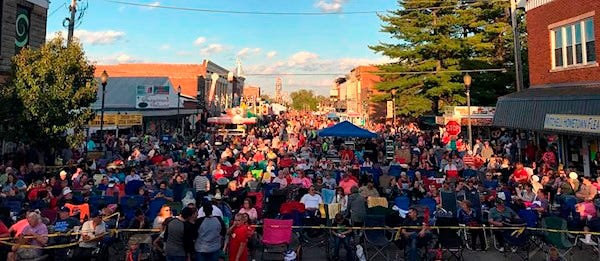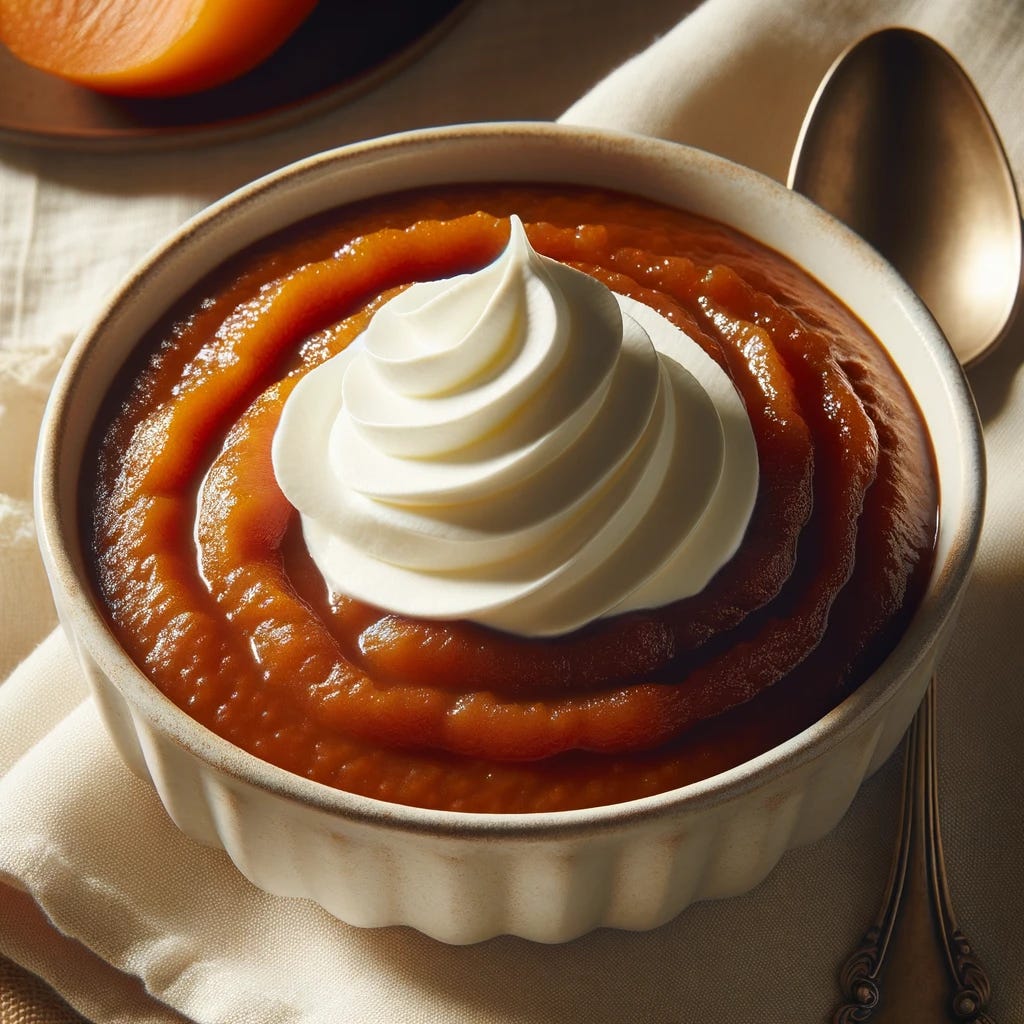🍑 Welcome to 'Unforbidden Fruit' – Your Weekly Bite into Regional Fruit Delicacies! 🍇
***REFERRAL PROGRAM***
Do you want to taste the fruits you’re reading about? Here’s your chance - at no cost to you. We’re trying to spread the word about Unforbidden Fruit. If you help us, we’ll send you some of our favorite fruit.
How to participate
1. Share Unforbidden Fruit. When you use the referral link below, or the “Share” button on any post, you'll get credit for any new subscribers. Simply send the link in a text, email, or share it on social media with friends.
2. Earn benefits. When more friends use your referral link to subscribe, you’ll receive special benefits.
Get Medjool Dates for 5 referrals. I think of Medjool Dates as nature’s candy. Sweet, chewy, and nutrient-packed. The dates you’ll get are my absolute favorite, from a small farm outside Tempe, Arizona. You won’t be disappointed.
Get Melogold Grapefruit for 25 referrals. The Melogold is a cross between a Pineapple and a Pomelo. It was created in the 1950s by a genetics professor in California looking for a less-acidic grapefruit.
Get Banana Box for 50 referrals. There are hundreds of varieties of bananas grown, but basically none make it to our grocery stores. You’ll get 8lbs of unique, hard to find banana strains, all grown in Florida.
To learn more, check out Substack’s FAQ.
🍑 Thank you for helping get the word out about Unforbidden Fruit!🍇
"There are many paths leading to the temple of happiness, but I would choose a path lined with persimmons."
An Unearthly Delight
The delicate Indiana persimmon is an interplay of honeyed sweetness, spicy undertones, and a slight tartness to balance it all out. Its outer skin, a brilliant sunset orange, is contrasted by the custard-like, velvety pulp inside. When ripe, this fruit exudes a softness that's reminiscent of a pudding, inviting you to scoop out its creamy goodness, making every bite a luxurious experience.
From Hoosier Heartland to Heart’s Content
Believe it or not, the lush persimmon tree has deep roots in Indiana's heritage, especially in the south-central parts. While many recognize the Asian varieties, Indiana's native persimmons, known as Diospyros Virginiana, have been a beloved staple since the time of Native American tribes. Hoosier pioneers would stumble upon wild persimmon trees, and developed a ritual of harvesting after the first freeze to ensure optimal sweetness. That legacy holds today, and can be seen in the Persimmon Festivals in Mitchell, Indiana, which started in 1947. It's a week-long event highlighting the importance of persimmons in the community's heritage. Every year, locals gather to showcase various persimmon recipes, participate in contests, and crown a Persimmon Queen.
Delicious Endeavours in Every Bite
A traditional favorite: Indiana persimmon pudding, where the fruit's rich flavor melds with warming spices, yielding a dessert that’s both comforting and festive.
Persimmon jam, generously spread on toast, brings a morning sunshine to every breakfast table.
Fresh persimmon salad with feta, pecans, and a drizzle of honey - a delightful concoction that dances between sweet and savory.
Where to find Indian Persimmons
Fresh Persimmons don’t ship well, but Tuttle Orchards in Indianapolis will ship frozen pulp, which can be used to make Indiana Persimmons pudding or added to a smoothie:
Winter is closing in, but don’t worry! Fresh fruit goes year-round, and we’ll help you get your fix even in those darkest of months.







hooray! nice to see the festi picture, and great writing. inspirational with the prizes too! Im growing a few trees of a few kinds of persimmons, the fuyu you can eat crunchy that sells well, the hachiya my favorite , the saijo which means "the very best one" in japanese, coffeecake, chocolate, and the tamopan which looks like 2 big fuyus smashed together but you eat it super soft like a hachiya. the saijo are like small hachiya, and they have a few narrow seeds, and they tend to grow like grapes in clusters. I've got some native American persimmons too but I lost the name of the variety. I bought 30 more native persimmon wildlife trees from the state forestry for a buck each , and I plan on grafting at least some of them, to save money because grafted persimmons are generally pricey! I often wonder about them being native to the American southeast and Midwest, and also native to China Japan and Korea. could there have been a human aspect to this distribution, like from a very ancient civilization? somebody told me no, but I'm still wondering...I read once that in china before 1900 persimmons were like 80% of the fruit eaten in china!!!!! I think they dried a lot. I don't know. I like the trees because you don't have to prune them too much, and they get ripe after you're done harvesting all of your other crops, which is very nice if you've got a lot of food growing. and also, birds and bears don't ravage them too much because you can pick them before they're completely ripe. amazing trees. gooey sugar! like custard but healthy hahaha oh, and persimmon bread- that might be the most important thing I've said- once you discover persimmon bread, you will make a lot of it. so delicious. just like chocolate cake...